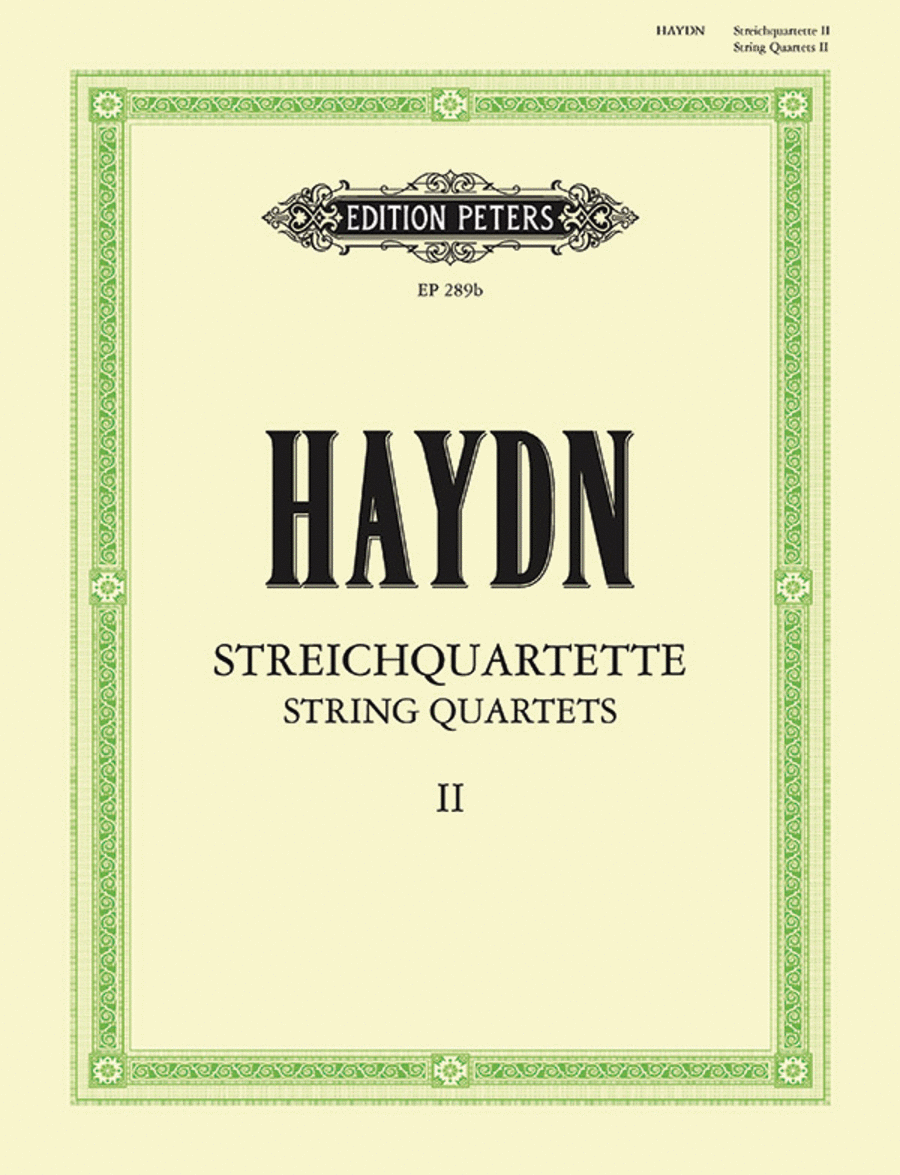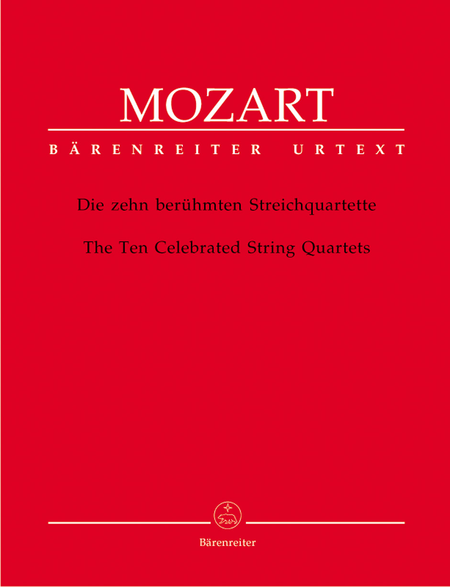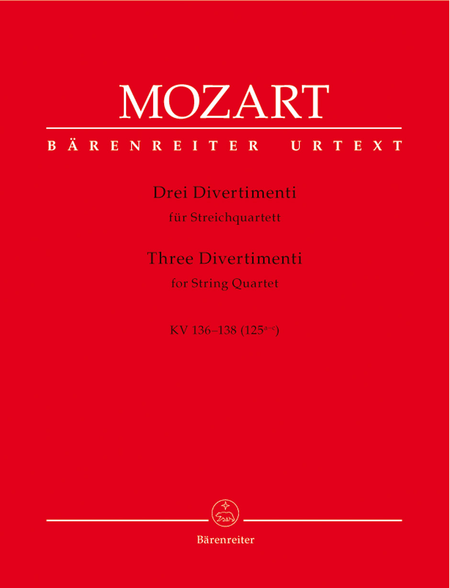Georg Philipp Telemann was born in Magdeburg, the son
of a Lutheran deacon who died in 1685, leaving the
mother to raise their three children alone. The youth
showed remarkable talent in music, but was temporarily
discouraged in his chosen pursuit by Puritan Lutherans,
who told Telemann's mother that he would turn out no
better than "a clown, a tightrope walker or a
marmot-trainer." In opposition to his mother's wishes,
Telemann continued to study in secrecy until she
relented, allowing him to t...(+)
Georg Philipp Telemann was born in Magdeburg, the son
of a Lutheran deacon who died in 1685, leaving the
mother to raise their three children alone. The youth
showed remarkable talent in music, but was temporarily
discouraged in his chosen pursuit by Puritan Lutherans,
who told Telemann's mother that he would turn out no
better than "a clown, a tightrope walker or a
marmot-trainer." In opposition to his mother's wishes,
Telemann continued to study in secrecy until she
relented, allowing him to train under the highly
respected Kantor Benedict Christiani, at the Old City
School. Outside of some early lessons in reading
tablature, Telemann was self-taught and was capable of
playing the flute, violin, viola da gamba, oboe,
trombone, double bass, and several keyboard
instruments. Telemann began to write music from
childhood, producing an opera, Sigismundus, by age
12.
Almost completely self-taught in music, he became a
composer against his family's wishes. After studying in
Magdeburg, Zellerfeld, and Hildesheim, Telemann entered
the University of Leipzig to study law, but eventually
settled on a career in music. He held important
positions in Leipzig, Sorau, Eisenach, and Frankfurt
before settling in Hamburg in 1721, where he became
musical director of that city's five main churches.
While Telemann's career prospered, his personal life
was always troubled: his first wife died less than two
years after their marriage, and his second wife had
extramarital affairs and accumulated a large gambling
debt before leaving him. As part of his duties, he
wrote a considerable amount of music for educating
organists under his direction. This includes 48 chorale
preludes and 20 small fugues (modal fugues) to
accompany his chorale harmonisations for 500 hymns. His
music incorporates French, Italian, and German national
styles, and he was at times even influenced by Polish
popular music. He remained at the forefront of all new
musical tendencies, and his music stands as an
important link between the late Baroque and early
Classical styles. The Telemann Museum in Hamburg is
dedicated to him.
While Telemann is, today, considered among the very
greatest of Baroque composers, he was one of the last
of the period to be reappraised by later generations,
and his music had to be ‘rediscovered’, just as
that of J.S. Bach and Vivaldi was. Despite this, he
enjoyed a great deal of fame during his lifetime, and
his long career resulted in a vast output. He was, in
fact, one of the most prolific composers of any age,
and travelled widely, assimilating different styles
into his own compositions. This allowed him to produce
music of such individuality and quality, with a
noticeable sense of ease, that it must have astonished
his colleagues and patrons, as it does us today.
The 36 Fantasias for harpsichord were published in
1732/3, and are divided into three groups of 12 – the
second set is in the French style, while the outer sets
are in the Italian style.
Source: Wikipedia
(https://en.wikipedia.org/wiki/Georg_Philipp_Telemann).
Although originally created for Harpsichord, I created
this Arrangement of the Fantasia in G Minor (TWV 33:8)
for String Quartet (2 Violins, Viola & Cello).











